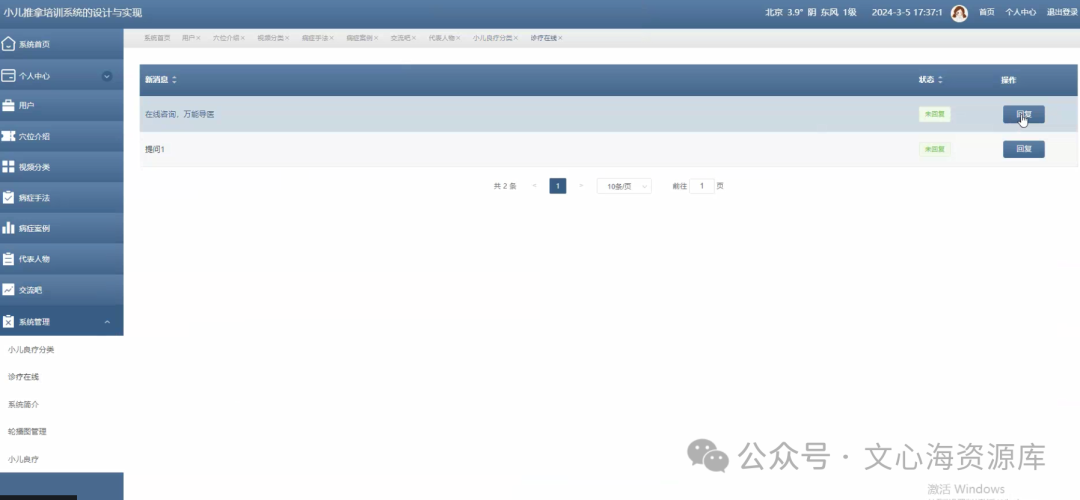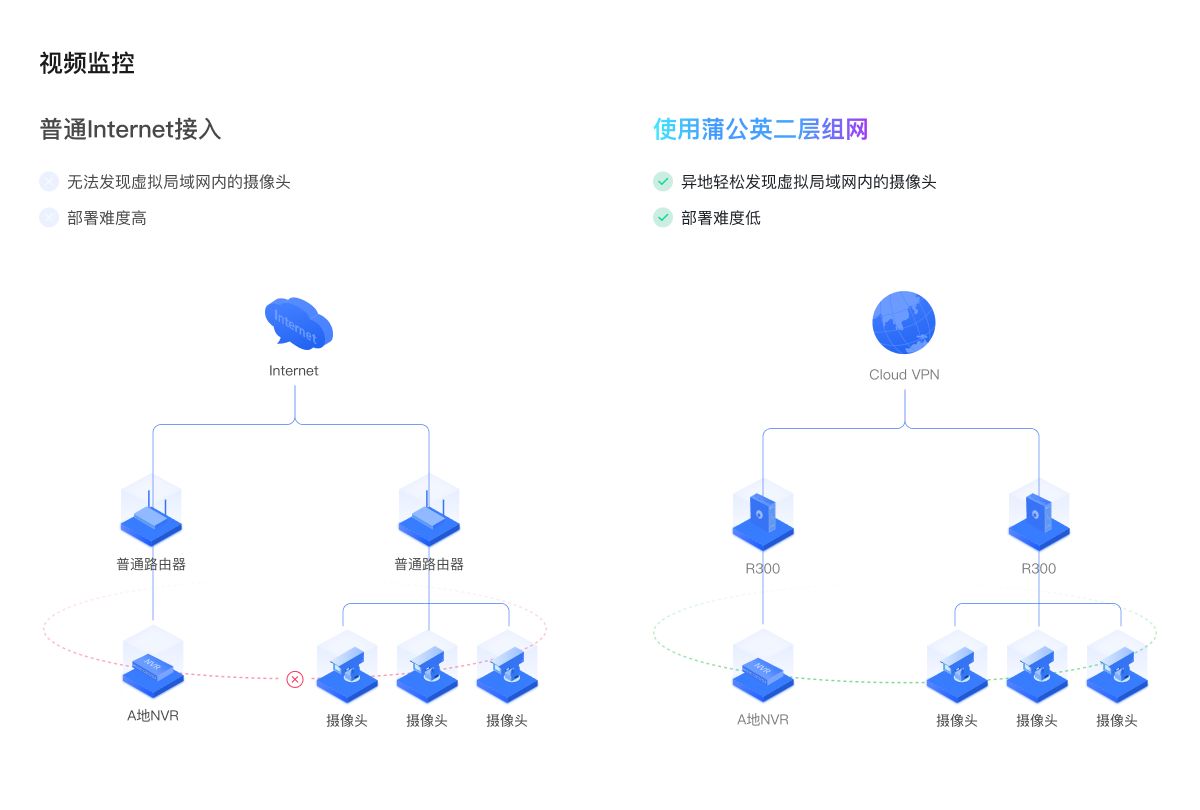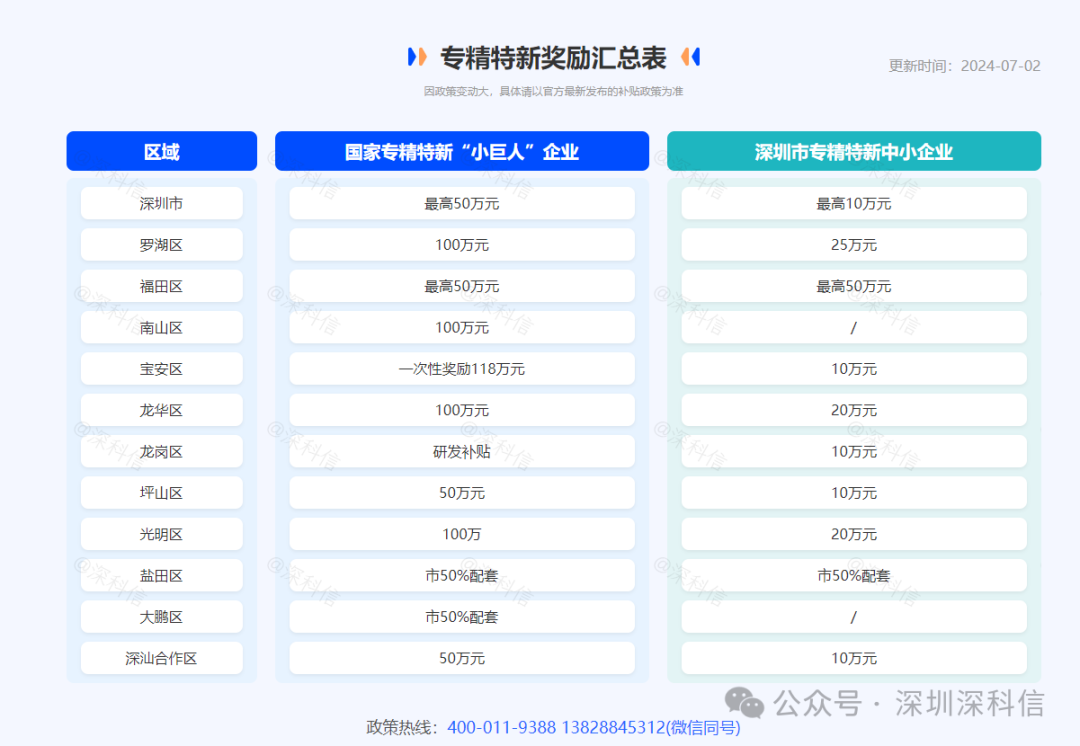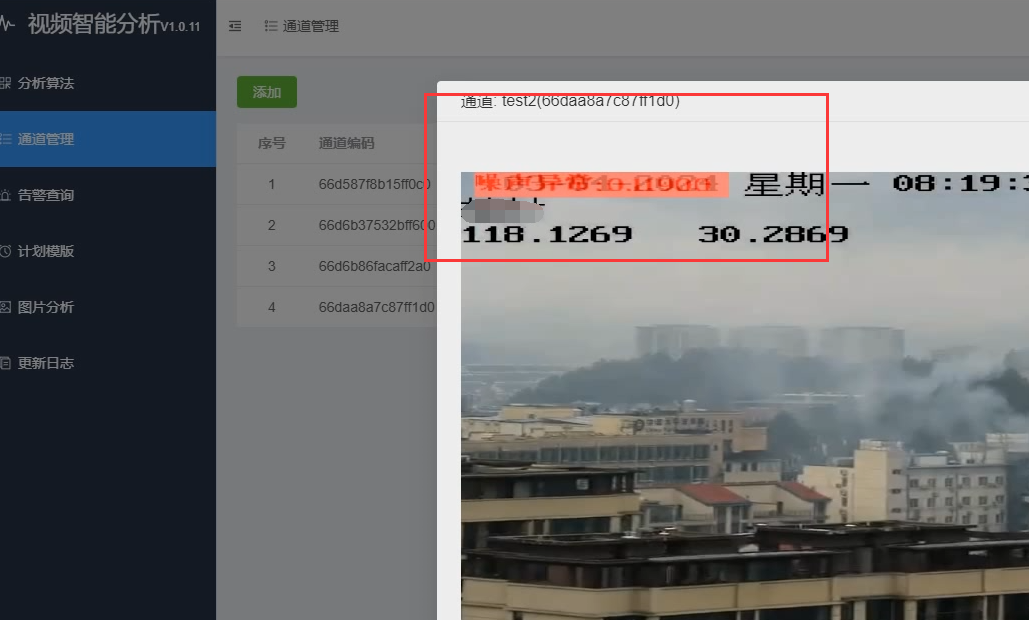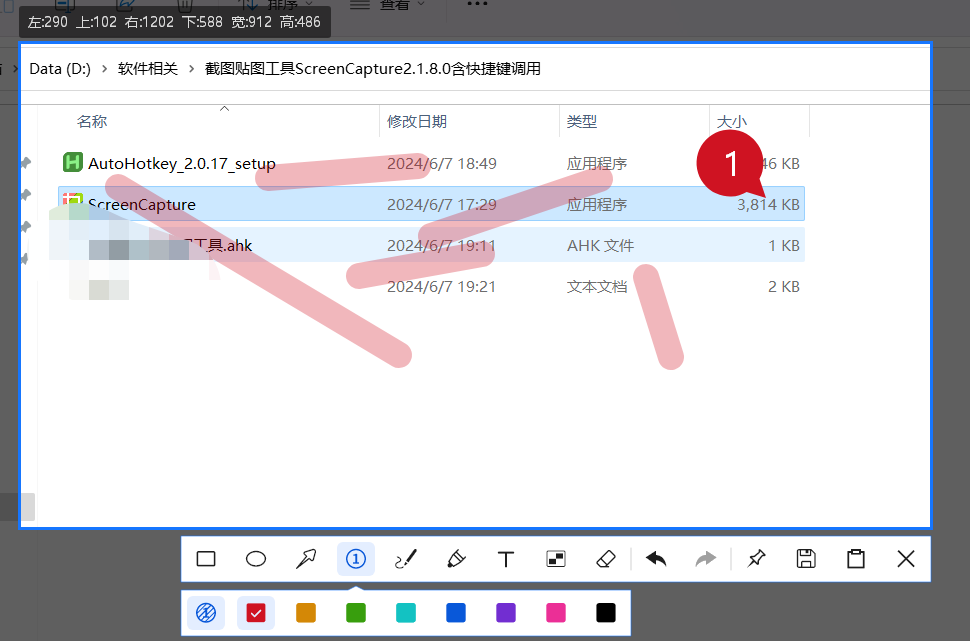按照以下进行优先级排序:

1.Specific Rules Have Priority
特定规则是一种关联以下内容的规则:
・通过指定其 AID 或指定隐式选择的应用来关联安全元件应用,并且
・通过指定其 DeviceAppID 来解释一个设备应用,
通用规则是适用于以下情况的规则:
“A Secure Element application by specifying its AID or by specifying the implicitly selected application for device applications not explicitly specified (i.e. no DeviceAppID specified in the rule)”,即通过指定其 AID 或为未明确指定的设备应用指定隐式选择的应用来适用于安全元件应用(也就是说,规则中没有指定 DeviceAppID)。
“A device application by specifying its DeviceAppID for Secure Element application not explicitly specified (i.e. no AID specified in the rule)”,即通过指定其 DeviceAppID 来适用于未明确指定的安全元件应用(也就是说,规则中没有指定 AID)。
“Undefined Secure Element applications with undefined device applications (i.e. this rule will be applied when neither the AID nor the DeviceAppID is present in any other rule)”,即适用于未定义的安全元件应用和未定义的设备应用(也就是说,当其他任何规则中都不存在 AID 和 DeviceAppID 时,将应用此规则)。

2.End-Entity Certificates Have Priority
对于使用证书链签名的设备应用,搜索最具体规则的顺序。首先从终端实体证书开始,如果没有找到合适的证书,就继续向上搜索链中的其他证书。只有在确定证书链中没有满足要求的证书时,才会进入下一个较低的特异性水平进行搜索
3.Restrictive Rules Have Priority
最严格的规则是那些禁止设备应用访问安全元件应用的规则。较不严格的规则允许访问,但仅在使用某些应用协议数据单元(APDUs)时允许。最不严格的规则始终允许设备应用访问安全元件应用。最严格的规则具有优先级


